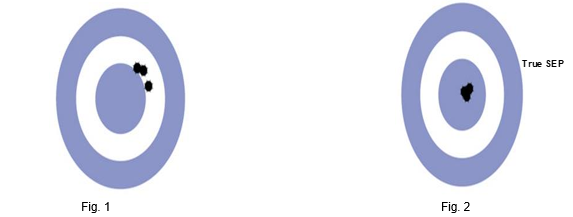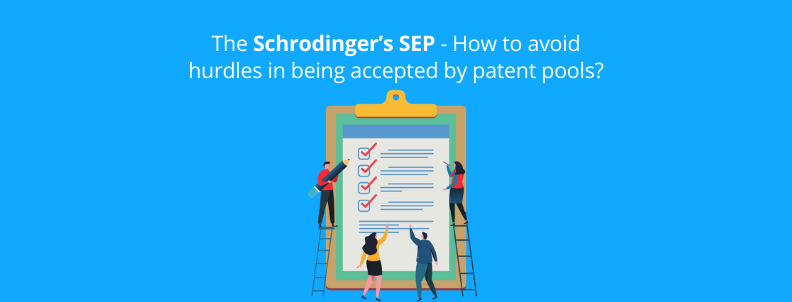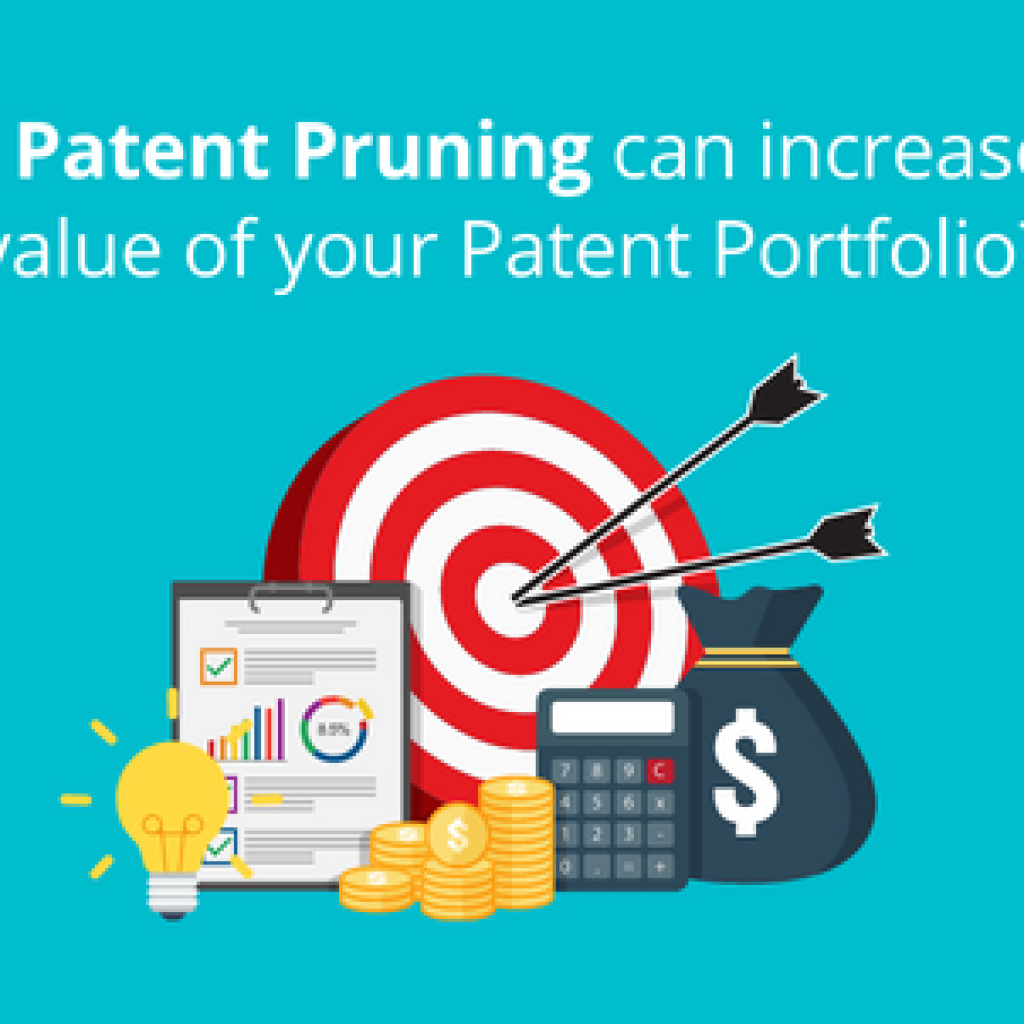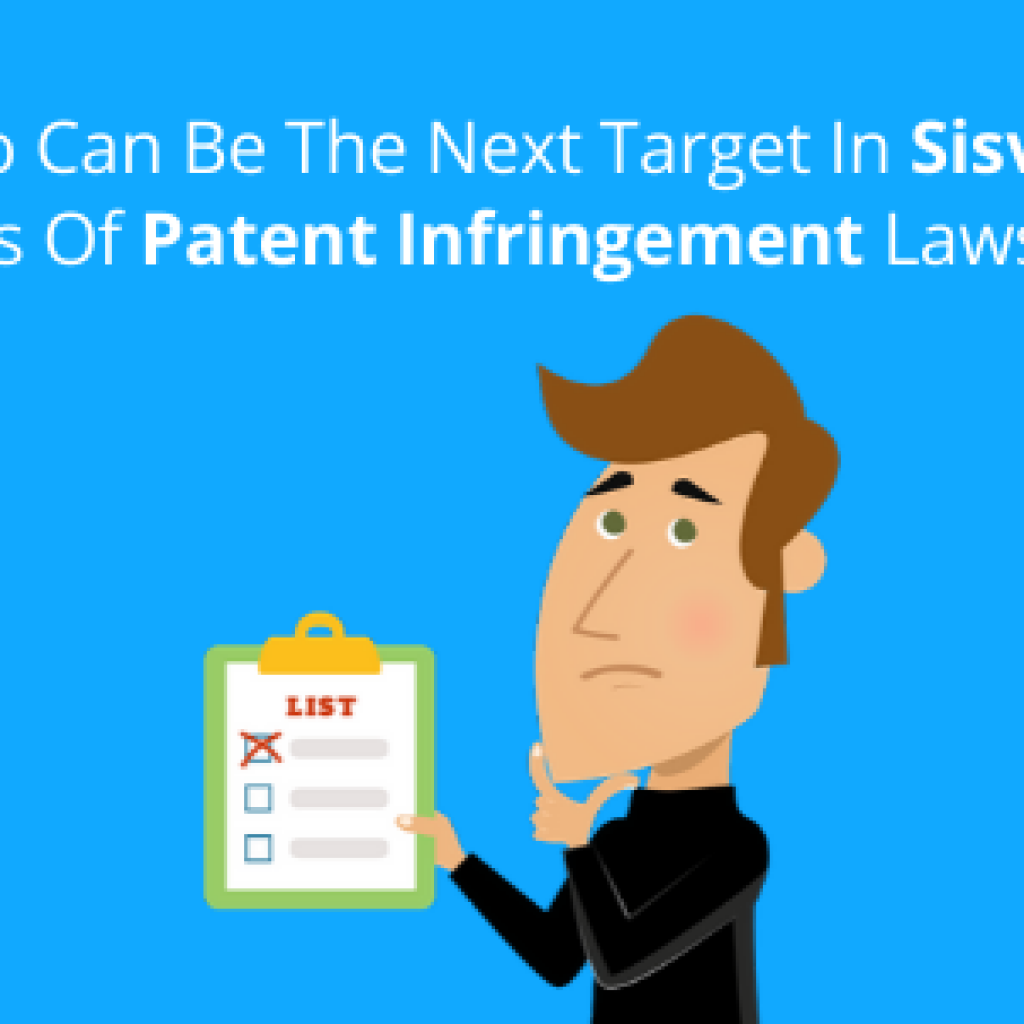The interest of the companies in having a fortified patent portfolio (SEPs) is growing at the rate of knots. The R&D-Sales and R&D-Marketing departments of various companies are making strides to hit the home run of having a strong portfolio. But, is it enough?
We have constantly talked about the significance of SEP and the position it puts the company in w.r.t to its competitors. However, the answer to the above question is No! It is not enough.
Companies around the world, despite having a well-built portfolio are still not able to gain the potential monetary benefits from it. Constant rejection in the market is faced by some companies on a regular basis.
Some are unable to get their declared SEPs into the patent licensing programs, such as patent pools. These pools play the role of providing streamlined access to the licensors and licensees for rewarding and enhancing innovation. How can a company overcome these obstacles?
Simple, you need to scrutinize your assets. Why? You ask.
Because the unexamined SEPs in your portfolio are similar to Schrodinger’s cat. To help you recall, the Schrodinger’s Cat paradox describes that a cat placed in a steel box along with a radioactive substance can be considered to be both alive and dead at the same time until the box is opened and is observed. Similarly, until the patent is scrutinized (examined), one may not know whether the patent is truly a SEP (worth millions). Therefore, the patent in such a situation is both a “SEP” and also “not SEP”.
How can you avoid hurdles during patent pool submission?
The importance of cross-examining the patents is to avoid rejection and gain maximum benefits. Below we have listed how one can overcome hurdles like this, to ensure smooth patent pool submission and acceptance.
Constant Rejection
This is a pain point for many companies, as a gap is unceasingly present in their patents and the specifications, which they are unable to bridge in.
Let’s take a case where you have a patent that determines a device’s geo-coordinates, and sends it in a signaling message to an emergency service provider. Now, suppose you identify two specifications – one disclosing the determination of the device’s geo-coordinates, and the other disclosing the sending of location information to a server. Is it your true SEP? If your answer to this is Yes!, then you are basically aiming for the target in a way as shown in Fig. 1. It is important to note that the gaps are still present. The location information that is sent is not described to be geo-coordinate information. Further, the server is not disclosed as an emergency service provider. You need to counter this. What can you do? Aim for Fig. 2!

In this case, the text from a technical report (TR 23.771) – the UE determines its location from GPS receiver and includes it in a SIP INVITE request to PSAP (emergency service provider) is enough to fill the gaps and prove the essentiality of the patent. So, all you need to do is keep an eagle eye on the specifications and reports, and your prey (money) will be in your claws.
The Pool Conundrums
The companies interested in patent pool submissions often find themselves muddled up in the requisites of the pools. Let me tell you, the pool submissions are not the low hanging fruits that everyone can receive, as the cost of submission and other expenses really puts a company on the block. Imagine, you spend thousands of dollars to have your patent to be even considered in the pool. You are definitely going to put your all efforts into it. Anyone would!
But, are all specifications considered by every pool? No! Different pools may have a separate and a limited list of specifications that it considers for licensing, for e.g. Via-Pool is a licensing platform that considers only 79 LTE specifications for licensing.
So, if you submit a patent for the specification that is not a part of the licensing program, then you are inviting a rejection for yourself. You are basically going for a late-night walk in a war zone, where you are bound to be defeated. It is therefore paramount for the company to be aware of the opportunities by having a knowledge of the pools and their requisites.

MoM – Muddle of Mapping
You are going in for a war, you need a tank! And here, the tank is a strong mapping, i.e. mapping without any discrepancies. It is important that each and every element of every sub-clause is well mapped with text from every relevant section and specification/report. I know, too many “every” must-have might confuse you, but it is required to have your grounds protected.
Everything seems better with a case, doesn’t it? Let’s look at another one. You have a patent where a notched frequency band (band having notches) is present within a continuous frequency spectrum. The notches are used by the OFDM system, while one notch among them is used by a separate (e.g. WiFi) system. Simple. But, what you find in the specifications is the various bands used by the LTE system. No explicit disclosure of notches being used by a different system. So, you submit this in the pool, but you get rejected.
Next, you fight for it, you find technical reports which describe the bands used by Wi-Fi channels. Great! How to use it though? The essentiality is realizing how to link the two concepts. Here, the band – 2220 MHz to 3400 MHz described in the specifications is used by LTE, while in the technical report, the band – 2400-2484MHz is used by Wi-Fi channels, therefore it is clear that a notch of the continuous spectrum is being used by Wi-Fi. It is just a matter of how well you can visualize the standard. You can get an idea of this from the figs. 4 and 5. Here, even though both the figures are talking of the same thing (yes, they do!), however, if from fig.4, one is not able to create the required image – fig.5, then sorry my friend, you have just missed your SEP.
 Fig.4
Fig.4

Fig. 5
Another point for strong mapping is that it is important to show that the LTE system uses OFDM access schemes. These discrepancies are important to be tackled. These things may seem minuscule, however, these must be countered for a patent to be SEP.
We have seen a lot about SEPs, its importance, the obstacles faced by companies, and by now, you may also have received an idea as to how we at GreyB can help you in the pursuit of getting your patents deemed as Standard Essential. Have a case in mind where we could help you? Don’t think twice. Fill the form below and our team will revert to you in no time!
Authored by: Aman Kumar and Shivam Kansra, Search Team.










